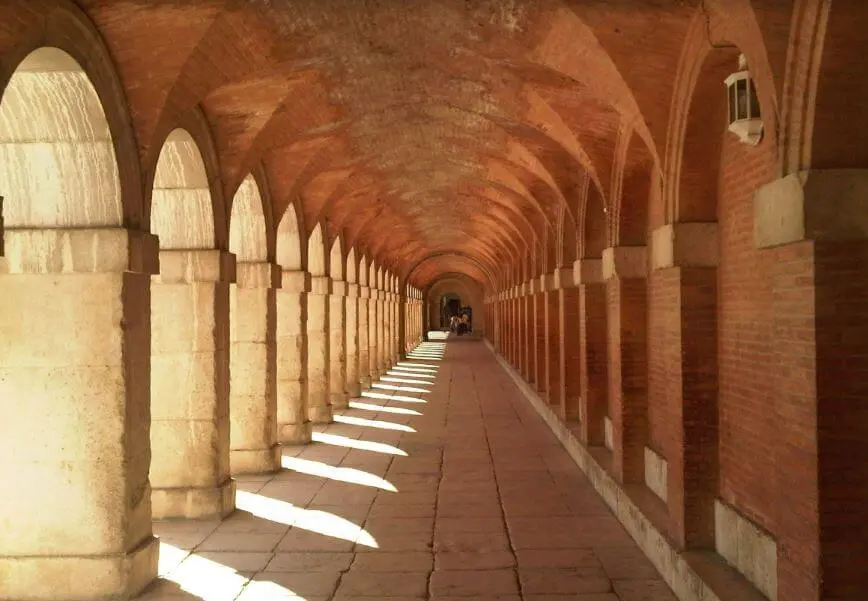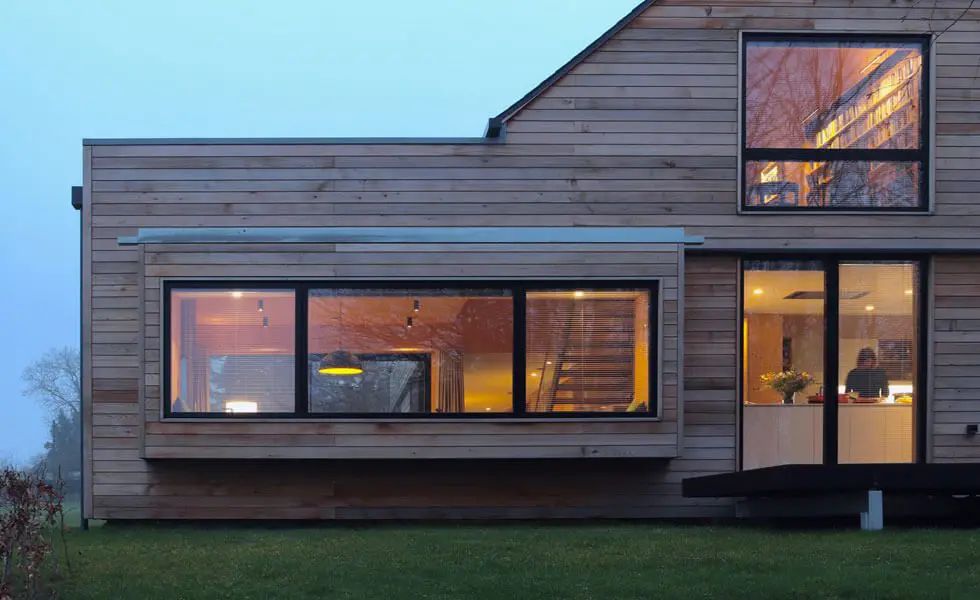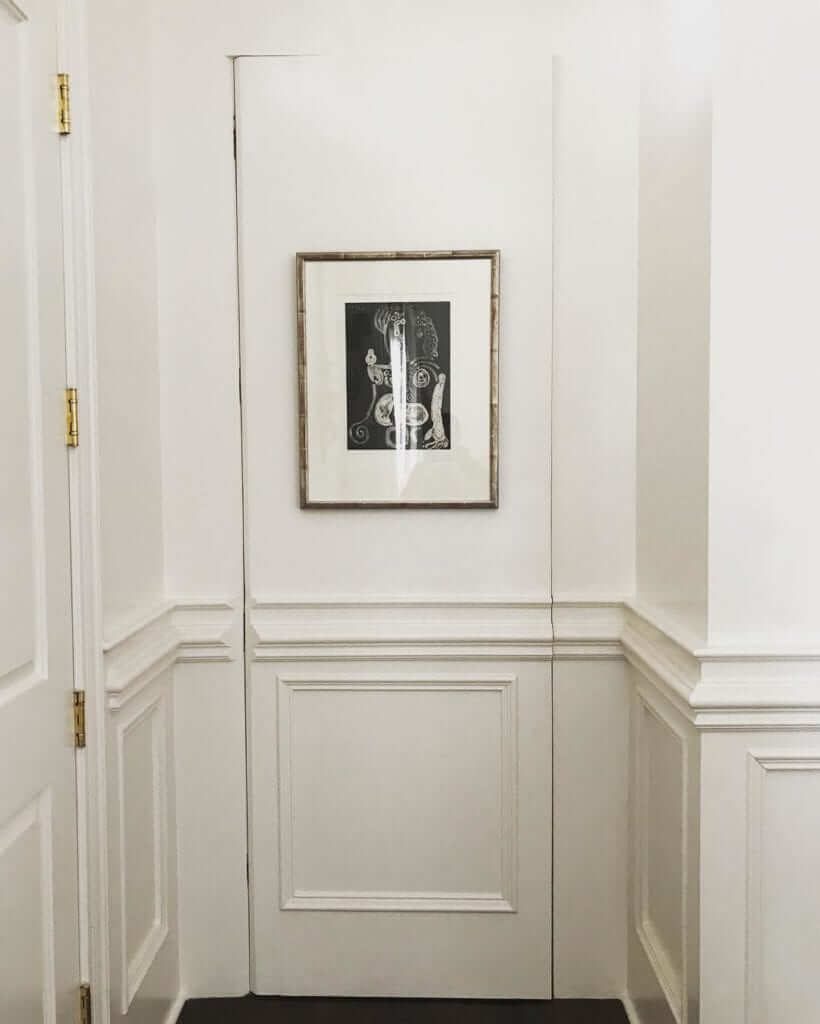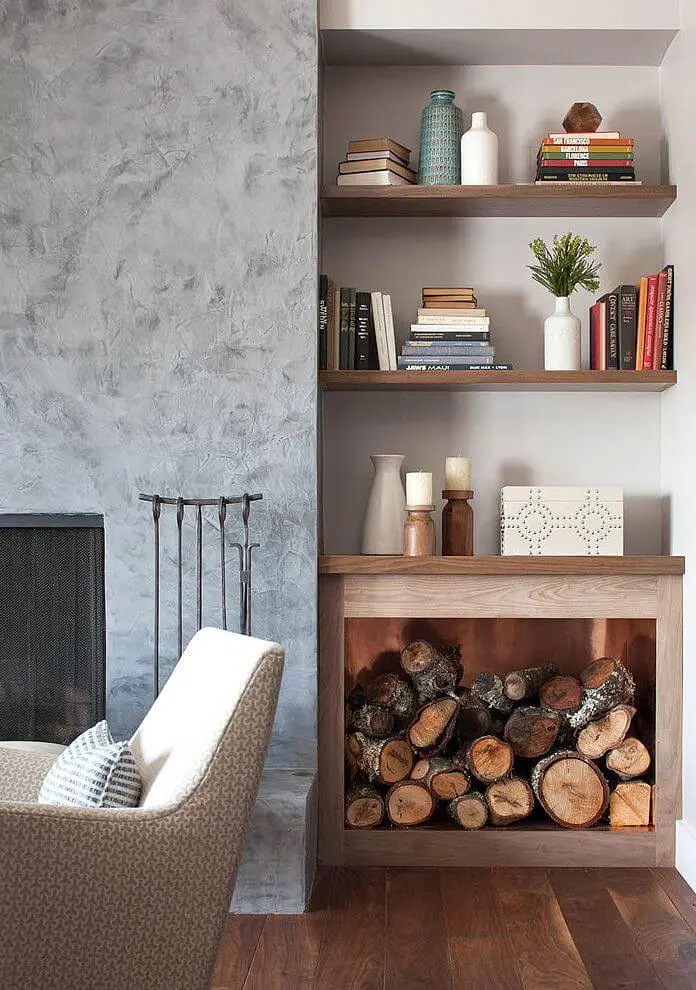The word sphere of interior design is filled with some very interesting terms. Some of these words are not originally English words, which does make the interior design glossary seem a little confusing. But once you start surfing through them, these terms are actually very simple and fairly interesting. Let’s look at some of them.
- Abstract– Abstract refers to a design theme that has not much to do with the material world. This theme often has a moral dimension attached to it.
- Ambient– The environmental conditions in the room.
- Archway– An archway is a passage or entrance that has a curved roof (arches). It is one of the most popularly used elements of Gothic styles of public and private architecture.

- Arcade– Arcade is a covered passage with arches along one or both sides.

- Backsplash– Backsplash refers to a tiled area, specifically installed in areas to prevent damage to the wall by food or water splashes. For example, behind a kitchen sink, cooker or bath etc.
- Balconette– A balconet or balconette is a false balcony, or railing at the outer plane of a window-opening reaching to the floor, and having, when the window is open, the appearance of a balcony.
- Bedspread– A bedspread is a decorative cover which is put over a bed, on top of the sheets and blankets. This adds an instant very elegant aesthetic look to the bed. Plain bedsheets are often complemented with heavy bedspreads.
- Bevelled Glass– Clear or mirrored glass in which the edge perimeter, usually 1” wide is cut at an angle to achieve a contrasting visual effect.

- Bolster– A bolster is a firm pillow shaped like a long tube which is sometimes put across a bed under the ordinary pillows. Bolsters are commonly used in households with wide seating, so as to provide support to the back, where the backrest is not cushioned.

- Casing– Casing refers to the enclosing frame that surrounds a door or window.

- Chamfer– Chamfers are the cut edges to make a symmetrical sloping roof. This is done so as to avoid sharp edges and also to protect sharp edges from damages.

- Chandelier– Chandelier is a ceiling mounted light fixture, usually very heavy and extravagant, that acts as the core attention of the ceiling lights. It contains multiple bearing lights.
- Cladding– Cladding is the process of covering the wall or surface with a different material.

- Clerestory– Collectively, a row of windows in the upper part of the wall of a church that divides the nave from the aisle, set above the aisle roof is called a clerestory.

- Coffered Ceiling– This is a ceiling designed in a grid-like pattern of indentations or recesses in an overhead surface.
- Colonnade– Colonnade is a row of evenly spaced columns supporting a roof, an entablature, or arches.
- Console Table– It is table with one or more curved legs of bracket-like construction, designed to stand against a wall.

- Contemporary– Contemporary is referred to the style inherent to the present time.

- Corbel– A corbel is an additional support member in the form of a projection jutting out from a wall to support a structure above it.
- Cornice– Cornice is an ornamental moulding round the wall of a room just below the ceiling.

- Cove Lighting– Cove lighting is a form of indirect lighting built into ledges, recesses, or valances in a ceiling or high on the walls of a room.

- Curtain Wall– A curtain wall system is an outer covering of a building in which the outer walls are non-structural and mostly made of glass.
- Drapery– Drapery refers to hanged clothes that collects in folds, i.e. wall curtains.
- Embossing– The act of moulding, or stamping a design on a surface or object as an aesthetic or decorative feature is called embossing.

- Faceted– A decorative surface that is sharp-edged in a crisscross pattern to reflect light is called faceted.

- Fascia– Fascia is a flat piece of material covering the ends of rafters or other fittings.

- Fluorescent Lighting– A type of lighting in which an electrical charge is passed through mercury vapour to create a chemical reaction that produces light.

- Foyer– Foyer is a pre function area where people can wait and meet before entering into the main building, room or space. Foyers are spill areas for scattering congestion that can be caused outside rooms that accommodate masses.

- Gazebo– Gazebo is an outdoor partially enclosed small building that gives a wide view of the surrounding area and is used for outdoor seating as well.

- Halogen Lighting– This is a type of lighting in which a tungsten filament is sealed into a compact transparent vessel and filled with a small amount of iodine or bromine to create a chemical reaction that produces light.
- Herringbone– This is a pattern consisting of columns of short parallel lines, with all the lines in one column sloping one way and all the lines in the next column sloping the other.

- Inlay– An inlay is a design or pattern on an object which is made by putting materials such as wood, gold, or silver into the surface of the object.

- Joist– Joist is a length of timber or steel, typically arranged in parallel series to support a floor or ceiling.
- Jib door– A jib door is meant to not look like a door. It is flushed in the wall without dressings, framings or mouldings and often disguised by continuing the finishing or decorations of the wall

- Lattice– A structure consisting of strips of wood or metal crossed and fastened together with square or diamond-shaped spaces left between, used as a screen or fence or as a support for climbing plants.

- Mantel– Mantel refers to the top ledge of a fireplace which is made in stone or wood and is often used to display some small objects.

- Murals– Mural refers to an artwork that is directly applied on the wall or ceiling. Often Murals depict the elements of space in which they are made.

- Modular– Modular is a way of design in which various combinations of furniture are put together such as they can be employed in different homes, without changing the setting of objects.
- Monochromatic– Monochromatic is a colour scheme built around one hue, with colours in the palette being a single colour’s shades and tints.
- Mullion: Mullions are the wood or metal dividers used between the different panes of glass on multi-paned windows, that form the framework of it.
- Nesting Tables– Nesting tables are a set of usually three or four small tables graduating in size so that they may be stacked on top of one another.

- Niche– A niche is a hollow area in a wall which has been made to hold a statue, or a natural hollow part in a hill or cliff.
- Nosing– Nosing is a rounded edge of a step or moulding, meant to soften the sharp edges.

- Ottoman Table– These are sold as coordinating furniture with armchairs and are essentially an entirely cushioned chair with no backrest and legs that aren’t visible.
- Overlay– Overlay is type of a sofa formed where multiple sections come together at a 90-degree angle to wrap around walls or other furniture.
- Parapet– Parapet is a low-height protective wall along the edge of a roof, bridge, or balcony.
- Pedestal– Pedestal is the base on which a statue, obelisk, or column is erected.
- Pelmet– Pelmet is a narrow border of cloth or wood, fitted across the top of a door or window to hide the curtain rods and fittings.

- Pergola– Pergola is an arched structure in a garden or park consisting of a framework to resemble a roof.

- Pivot Door– A pivot door refers to a swinging door that rotates on a spindle as opposed to butt hinges affixed to a frame.

- Pocket Door– A pocket door is a sliding door that, when fully open, disappears into a compartment in the adjacent wall.

- Portico– A structure with dominating columns arranged in a grid which acts as a porch to the building.
- Quilt– Quilt is a thick bed covering made by layering multiple fabrics and sewn in a cover. Quilts are used as both blankets or bedspreads and are a decorative element as well.
- Rafters– A rafter is a framework element to support the roof.

- Runner– A long narrow carpet placed parallel in a hallway or a strip of decorative fabric that runs in the middle through the complete length of a dining table.

- Sliding Door– A sliding door is one which opens by sliding on the side and not turning around the hinges.
- Slipcovers– Slipcovers are essentially clothing for furniture. They are fitted for dust and fading safety on furniture.
- Soffit– Soffit is the underside of an architectural structure such as an arch, a balcony, or overhanging eaves.

- Stringer– A stringer is an inclined member supporting the treads and risers of a staircase.

- Spire– Spire is the tapering conical or pyramidal structure on the top of a building, typically seen on church towers.

- Trim– Decorative elements such as fringe or mouldings are called trim.

- Truss– A truss is a framework, typically a combination of rafters, posts, and struts, supporting a roof, bridge, etc.
- Upholstery– Upholstery is a word that encompasses all the aspects of furniture, such as padding, springs, webbings, fabric, or leather on furniture.
- Vanity Table– Vanity table is a dressing table, equipped with drawers, mirrors etc.

- Vaulted Ceiling– A vaulted ceiling is extended towards the outside, meant to provide extra space and form the roof.

– Devika Biyani





